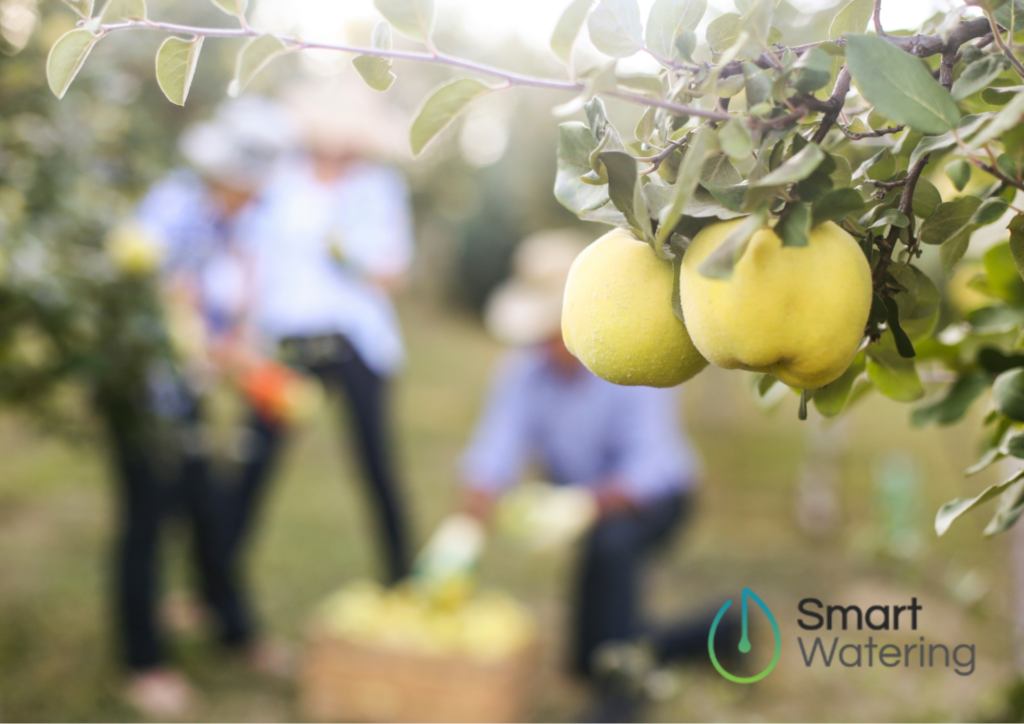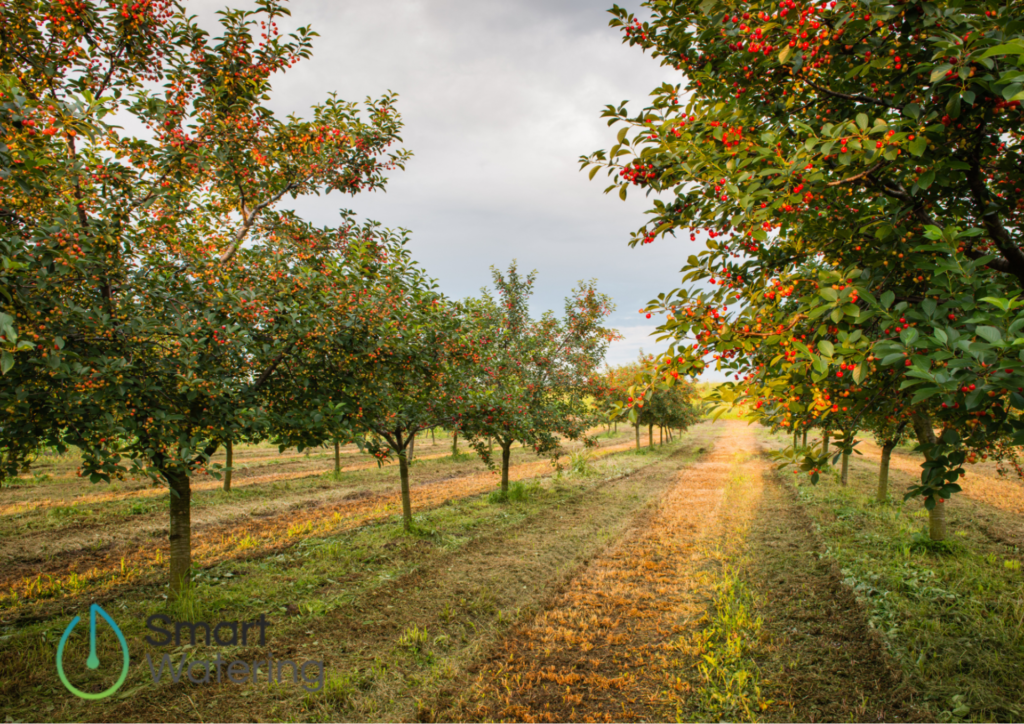How to Choose Drip Irrigation Systems for your Orchard
We are witnessing irreversible changes in agriculture in the last decade, from outside changes like global warming to changes in the agriculture industry. Using advanced technologies, farmers can protect their orchards against drought and use the optimal amount of water to provide plants with everything they need.
Today, farmers turn towards drip irrigation systems. Drip irrigation helps maintain crops, revegetate disturbed soil in dry areas and support stable fruit production. As farmers need more water to produce food, orchard irrigation systems will allow them to become more efficient with less work. Drip irrigation systems influence the quality of fruit in orchards.
In this article, we’ll explain how to choose the right irrigation system for your orchard, no matter the type of fruit you’re producing.
Irrigation Systems for Watering an Orchard
Orchard farming involves a lot more risks than conventional farming. For example, aggressive pests, long hat waves, or drought can create a lot of additional costs every year. Using drip irrigation can help farmers protect their crops by adding.
There are three types of irrigation systems for fruit orchards: overhead sprinklers, under-tree sprinklers, and precision irrigation. Depending on the region and its microclimate, every farmer can decide to use the most optimal system.
Overhead irrigation uses the water under high pressure and sprays it over the trees. For large fields, the sprinkler system can move across the orchard. This way, the water gets dispersed evenly to imitate rain. The downside is a need for a plentiful water supply close to the field, or the system won’t be able to cover everything.
Under-tree irrigation focuses on covering the plant’s space as each sprinkler covers a specific area to reach the large portion of the tree’s root zone. This system allows farmers to apply water less frequently and works well in areas without direct access to water.
Drip irrigation is an efficient system for providing crops with enough water and fertigation nutrients. It brings optimal amounts of water to every tree at a certain time and in optimal quantities.
Using information from soil moisture sensors, farmers save on water, fertilizer, successful weed and pest control, and manual labor.
Benefits of Using Orchard Irrigation Systems
Every orchard needs a stable amount of water throughout the year. That’s why watering an orchard has a significant impact on the health of the plants. Here are some of the most prominent benefits farmers have noticed after installing a drip irrigation system in their orchard:
Increase in production. With the right orchard irrigation systems, farmers can prevent overwatering, reduce weeding around plants, and conserve water. Drip irrigation is seen as the most efficient method of watering because it allows farmers to decide remotely and see an increase in production in just a few years.
Saving resources. Drip irrigation optimizes water use as less water is lost to evaporation. With proper planning, all infrastructure can last for years.
Improving the health of each plant. Instead of keeping the water on the leaves, drip irrigation minimizes the growth of diseases that appear on wet leaves and helps prevent mildew on leaves.

Drip Irrigation Installation for Orchards
Orchards are one of the most demanding environments for drip irrigation systems. They demand miles of pipers to ensure every plant has access to water and fertilizer.
Using watering pipes out on the surface makes them prone to mechanical damage due to rodents, birds, and other animals that might try to damage the pipes and drink water. In addition, to ensure the pipes are strong enough to sustain the pressure and extreme weather, they need to be thick, between 0.9 and 1.1 mm.
Another approach to ensuring the safety of the pipes is to use them under surface drip lines that are protected from animals and all other hazards. Choosing the right dripper is not easy, but professionals can explain their hydraulic specifications and water capacity so you can choose the right ones for your needs.

Irrigation Scheduling Strategies
Time-based irrigation applied every day at a specific time is the primary type of irrigation still used in many countries worldwide. The downside of this approach is the potential for over-irrigation and water waste. This approach has slowly been replaced in recent years by more efficient sensor-based irrigation that uses soil moisture sensors to determine the best time for irrigation.
Soil Moisture Irrigation heavily relies on various instruments for measuring soil moisture. Sensors for soil moisture collect real-time data from the fields and send it to the farmers so they would decide when is the right time to apply nutrients and water.
Have a Smart Orchard with a Smart Watering System
The Smart Watering system allows farmers to increase irrigation efficiency using only their smartphones. It is a cloud-connected system that automates irrigation and fertilization. In addition, with several orchard irrigation controllers placed on different spots in the orchard, farmers don’t have to lose precious time visiting their orchards every day.
The system uses information from soil moisture sensors and allows farmers to control the irrigation in those zones. Sensors provide insights and additional information on the orchard and send notifications if there’s a block in the pipes or any other irregularity.
Farmers can adjust the humidity levels in their orchards, and the application can send the instructions to the system to do the rest.
Make the Right Decision Today
Implementing orchard irrigation systems can significantly impact the amount and quality of the product in the long run. The smart irrigation system can adapt to any environment and soil requirements, and its impact becomes visible within the first year of active use.
Making orchards healthy using advanced fertigation and irrigation is what we know best, so reach out and let us know how we can help.



